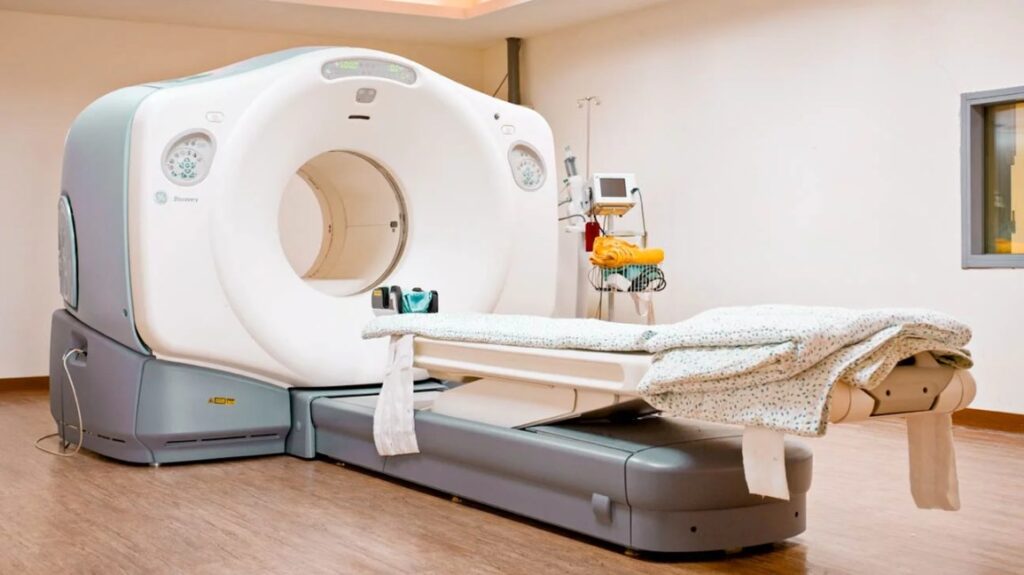- +852 1234 5678
- mycancerinfoorg@gmail.com

A Positron Emission Tomography (PET) scan is a type of imaging test that shows how tissues and organs are working — not just what they look like. Unlike X-rays, CT, or MRI, which show structure, a PET scan shows function and activity.
It works by injecting a small amount of a radioactive tracer (commonly FDG, a sugar-based compound) into the bloodstream. Because cancer cells often use sugar at a much higher rate than normal cells, they absorb more of the tracer and appear as bright “hot spots” on the scan.
Learn how liquid biopsy and chemo sensitivity testing can personalize your treatment plan.
Gain knowledge to actively participate in treatment discussions with your healthcare team.
Discover how precision medicine and metabolic therapies can enhance treatment effectiveness.
Empower yourself with knowledge about precision metabolic oncology and take an active role in your cancer care journey.
Our team of oncology experts is here to help you understand your diagnosis and treatment options.